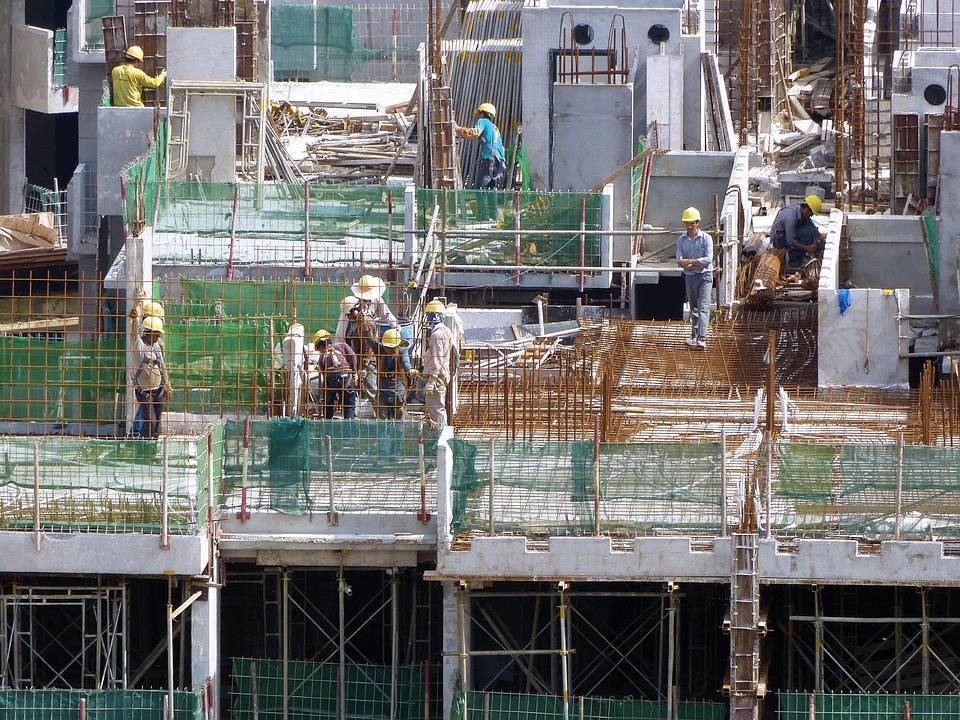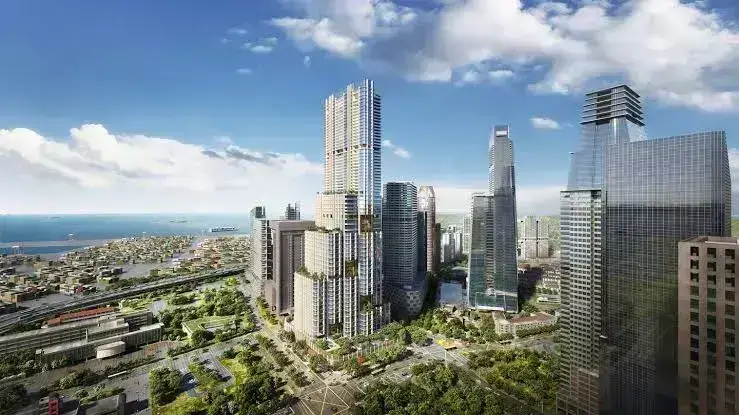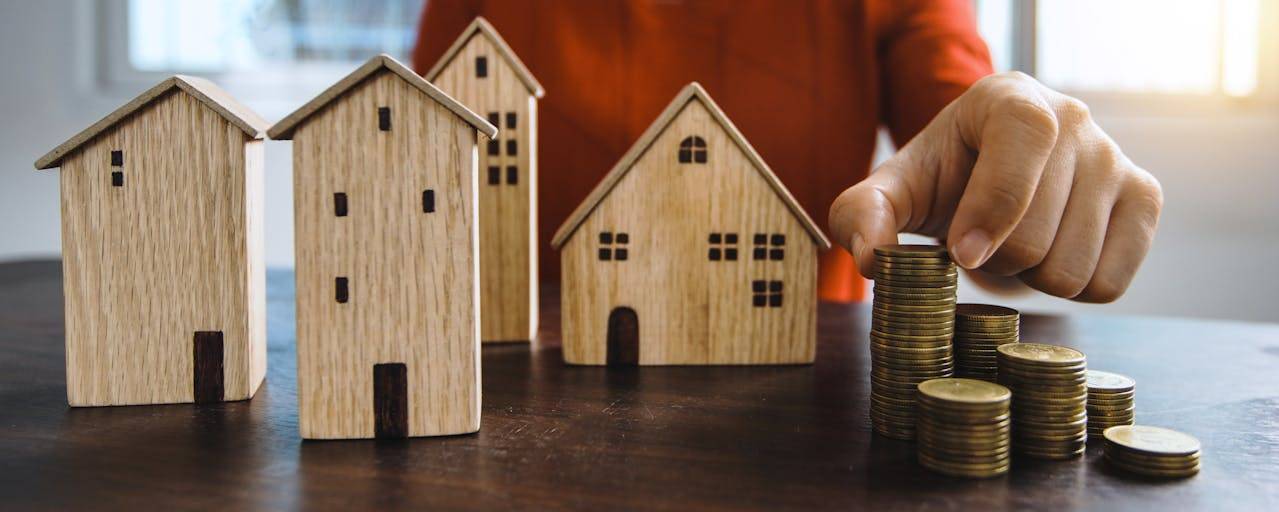With less than a couple of months till the deadline, the local administration has only managed to complete one-fourth of its target of building 1.5 lakh tenements for rehab of the slums area for the period 2022-25. According to the information given by the Slum Rehabilitation Authority (SRA) officers, only 37,560 tenements had been completed and occupation granted as of this September. Such a slow working rate puts the successful completion of the plan to build over 5 lakh houses by the year 2030 in question.
It was a red-flagging exercise by the state government in 2022 when it identified 517 slum rehabilitation projects that were at a standstill. Among these, 45 projects had the support of financial institutions, 21 cases had newly appointed builders, and the rest were still waiting. Besides that, 228 projects had been given over to different government bodies for redevelopment, for which the production of 1,57,304 tenements was estimated.
The Mumbai Metropolitan Region Development Authority (MMRDA) which has been given the responsibility of 24 slums, has already started the work of the Ramabai Nagar, Ghatkopar redevelopment project, which was inaugurated with great pomp and show. On the other hand, the Brihanmumbai Municipal Corporation (BMC) which is in charge of 77 slums had called for tenders for 64 and due to lack of response, they have re-invited tenders for 26 slums after closing the previous ones.
The SRA also started the process of locating slums that cause problems for the implementation of the infrastructure programs and are taking steps rapidly. For example, 327 slum dwellings at Magathane-Borivli, which were affecting the Thane-Borivali underground twin tunnel project, were all relocated and provided with new housing as project-affected persons (PAPs).
The SRA handed over 343 PAP tenements to MMRDA. Likewise, for the Bombay High Court complex project, 136 slumdwellers were rehabilitated by the authority. While BMC is estimating the number of PAP tenements for its infrastructure projects at 50,000, the government projects another 1.5 lakh tenements to be built for the development of other sectors. All these infrastructure projects are essential to the future of the Mumbai Metropolitan Region (MMR) keeping it viable as a growth hub that contributes $1.5 trillion to the Indian economy.
As per, TOI, Shweta Tambe, director of Habitat and Livelihood Welfare Association, highlighted the scale of the challenge: "Govt is never going to achieve this figure. The only way they can genuinely improve the quality of life is by slum upgradation, making provisions for civic amenities. And probably redevelop only the ones on vulnerable land parcels; not by monetising land as in the case of Dharavi." She further explained that the current target implies 279 houses must be constructed per day, an extremely difficult pace to achieve.
Architect and activist Nitin Killawala criticized the government’s handling of the issue: "Prima facie, the reason appears to be of cost constraints, which proves partnering with private entities is not a workable solution. In fact, it is pretentious. Govt has to bear only the construction cost for SRA, which is miniscule and should be prioritised against the innumerable infrastructure projects that are in progress." He emphasized the need for intermittent reviews, identifying issues, and course corrections to avoid such "pathetic performance." He stressed the necessity of having regular check-ups, pinpointing problems, and making adjustments to prevent such "pitiful performances" like this one.
So far, only 8,38,332 hutments have been given numbers and a biometric survey of 5,81,458 hutments has been carried out, out of an estimated 13,79,086 slum tenements in the city of Mumbai. The difference not only points to the delays in the implementation of the projects but also to the difficulties of coordinating between various agencies and financial institutions.
The delayed slum redevelopment in Mumbai echoes the urgent requirement of more effective measures and strategies focusing on the most vulnerable land parcels particularly where habitation has a direct effect on infrastructure and city growth. With less than two months to meet the current target, authorities are at a critical point where they need to decide whether Mumbai is realistically capable of achieving her long-term housing goals.









.png)